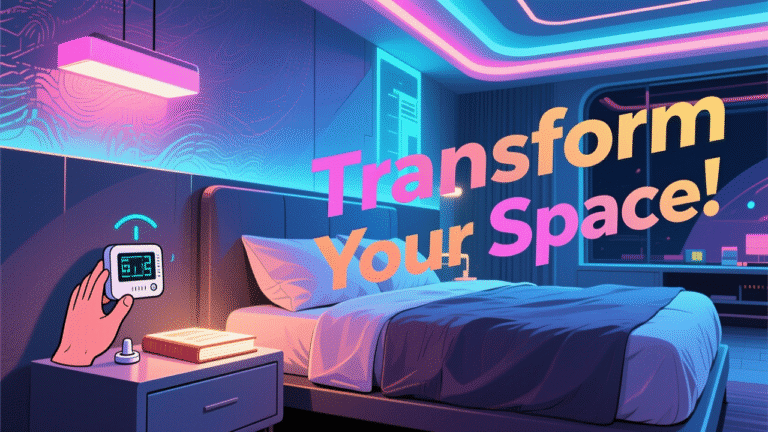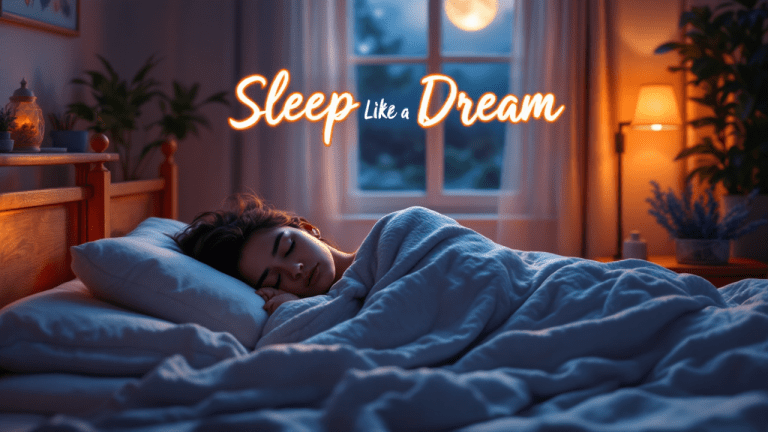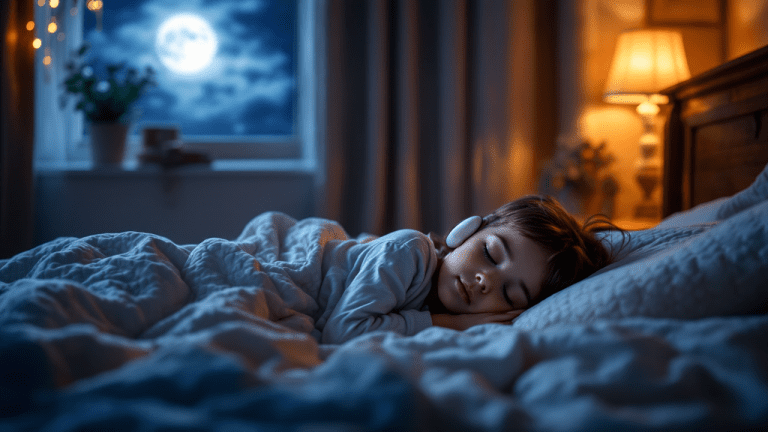Sleep Apnea Mastery: Real Solutions for Better Sleep and Health

What is Sleep Apnea? Understanding the Basics
- Obstructive Sleep Apnea (OSA): This type occurs when your airway gets blocked, typically because the throat muscles relax too much and collapse during sleep, making it hard for air to flow in or out.
- Central Sleep Apnea (CSA): In this type, your brain fails to send the signals needed to control your breathing muscles. This means your body “forgets” to breathe for short periods while you sleep.
- Complex/Mixed Sleep Apnea: This is when you experience both Obstructive Sleep Apnea (airway blockage) and Central Sleep Apnea (brain signaling issues) at the same time.
Why Sleep Apnea Can’t Be Ignored
- Raises your risk for heart disease, stroke, diabetes, and high blood pressure.
- Can make relationships tough—everyone in the house loses sleep.
- Even raises the risk of accidents at work or on the road.
Diagnosing Sleep Apnea: What You Need to Know
- Home sleep tests: Quick and convenient, they use a portable device.
- Clinic-based sleep study (polysomnography): This is an overnight test at a specialized clinic, where sensors are attached to monitor your heart rate, breathing, oxygen levels, and physical movement while you sleep. It provides a detailed picture of your sleep health and is considered the gold standard for diagnosing sleep apnea.
Mastering Treatment Options in 2025
CPAP Therapy: The Reliable Standard
- Try different mask styles if one feels awkward.
- Use the humidifier to combat dryness.
- Practice with the mask during the day to reduce anxiety.
Dental Devices
Surgery
New Technologies
- AI-Powered Trackers: Apps that monitor sleep, send daily reports, and even alert you or your doctor if something’s off.
- Position Sensors: Wearable devices that vibrate gently to keep you off your back.
Lifestyle Fixes
- Losing weight lowers your risk and sometimes improves sleep apnea dramatically.
- Skip alcohol and sedatives before bed—they relax your airway muscles.
- Follow a consistent sleep/wake schedule.
- Sleep on your side, not your back.
- Quit smoking—smoke irritates throat tissues, making apnea worse.
Success Stories: Real People, Real Changes
Your Daily Mastery Checklist
- Monitor sleep and note patterns for insight.
- Stay consistent with CPAP, dental devices, and sleep routines.
- Adjust your room—cool, dark, and quiet helps sleep.
- Seek support from friends, online groups, or medical teams.
Frequently Asked Questions
If you snore loudly, gasp for air, feel exhausted daily, or someone mentions strange nighttime breathing, yes—schedule an evaluation.
Yes. Kids show subtle signs like sluggishness, focus problems, or odd sleeping positions. A pediatric sleep specialist can help.
Lifestyle changes, therapy devices, and sometimes surgical fixes can resolve symptoms, but ongoing management is common.
Key Takeaways & Next Steps
- Download a sleep tracker app.
- Start a sleep journal.
- Discuss your symptoms with a medical professional.
- Consider joining a support group.
Optimize Your Sleep Apnea Blog for Engagement
- Use infographic visuals to explain CPAP styles or sleep cycle mechanics.
- Sprinkle in SEO keywords—“sleep apnea solutions,” “best CPAP masks 2025,” “sleep apnea symptoms.”
- Add easy social sharing buttons.
- Encourage readers to interact by sharing their own stories or questions.





